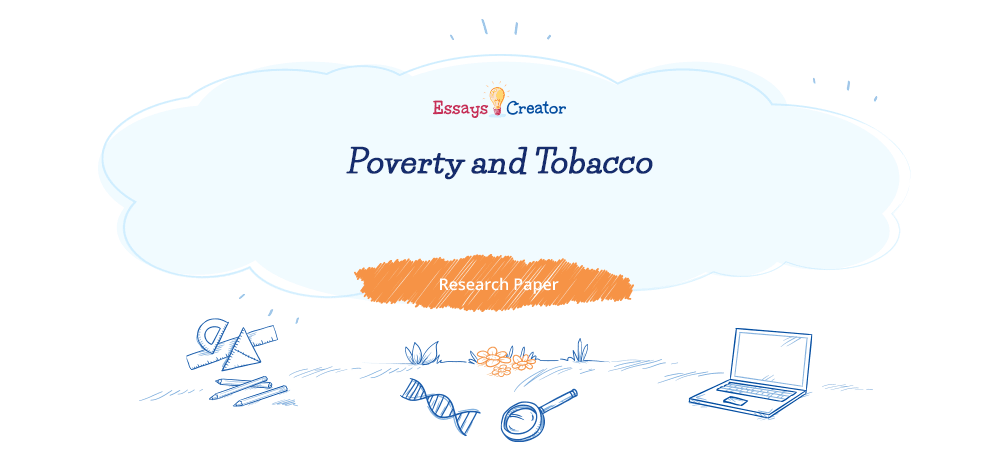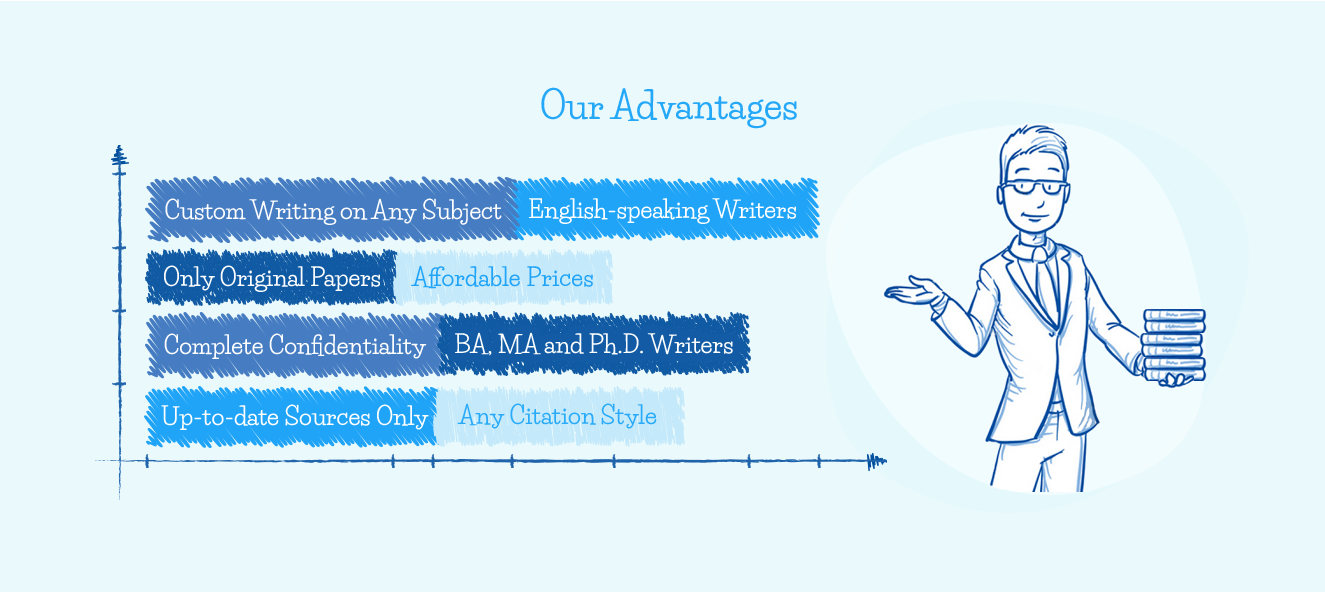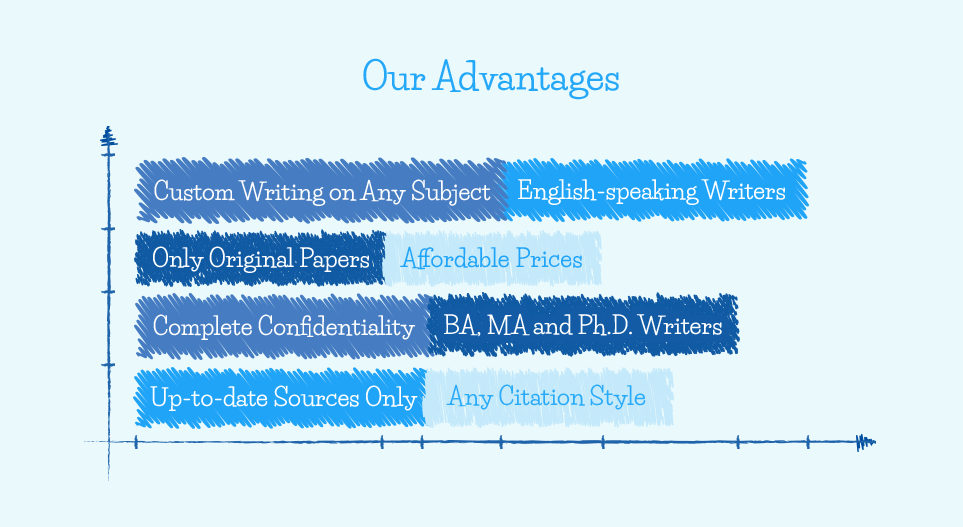
Background Information
There is a general perception that poverty is the root course of numerous social-economic problems such as drug abuse. For this reason, the consumption of tobacco has increased to worrying levels in the world. 6 billion people are estimated to be using legal drugs. In the US, the average smokers spend almost $1,300 annually on cigarettes. There is a consensus among many studies pointing out that low-income earners use more tobacco than rich people. Some of these studies also show that the use of tobacco mostly affects the unemployed and people who live alone, for a reason, which has not been completely studied. Further statistics show that the poor spend over 20% of their income on drugs (Hosseinpoor et al. 23).
Haustein (300) says that Bloomington City was among the cities having high rates of tobacco users. Consequently, various NGOs are working in conjunction with locals who have been campaigning against drug use. The sole objective of these initiatives is to make the city a tobacco smoking-free space. Perhaps, addressing the problem from the root course would be more appropriate than just funding expensive campaigns against tobacco use. One of such methods is determining the degree to which poverty relates to tobacco smoking. Therefore, the current paper will set out to find if there exists a relationship between tobacco use and poverty rates in the city with a view of providing sustainable solutions in addressing tobacco use.
You can contact us if you want to Buy a Research Paper help on this or any other topic.
Problem Statement
Consumption of tobacco causes over 480, 000 annual deaths occurring due to tobacco-related complications in the US. In addition, there are over 16m Americans who are currently ailing from disabilities, disease, and other health problems because of tobacco. However, the tobacco industry is minting a lot of money, mounting aggressive advertisements in wooing potential smokers without considering the societal agonies arising from the tobacco use (Hosseinpoor et al. 25).
The government has also passed very stringent laws in trying to discourage the smoking of tobacco among its users. The most recent laws are Family Smoking Prevention and Tobacco Control Act that aims at regulating smoking habits within the family. Similarly, these laws have not managed to reduce the number of smokers. Instead, the number of tobacco addicts and health risks reported cases has truly increased (McGrady 85).
In response, there have been several projects geared towards reducing the cases of tobacco smoking in Bloomington City. Haustein (305) identifies one of such projects as Community Health Programs and Outreach. The project has worked in close contact with Monroe Tobacco Prevention and Cessation Coalition is campaigning to reduce the health hazards of smoking. Zuniga (200) highlights that some of these health risks such as heart disease, respiratory complications, lung cancer, as shall be discussed in the literature, may result from direct smoking or passive smoking. However, the projects have had minimal impact in reducing the number of tobacco smokers in the city (Haustein 126).
In light of the botched attempts to reduce rate of smoking, there is need to address the menace from another perspective. Thus, the paper will seek to establish the extent to which poverty relates to the smoking of tobacco and provide viable solutions to reduce rates of smoking.
Purpose of the Study
The purpose of the current study is to establish whether there exists a relationship between smoking of tobacco and poverty.
Study Objectives
The study will seek to achieve the following objectives:
- Establish the effects of smoking tobacco in Bloomington City residence
- Find out why homeless people smoke tobacco, even though they cannot afford it
- Relate economic status (poverty) and the rate of smoking tobacco in Bloomington City.
Study Questions
- What are the effects of smoking tobacco in Bloomington City residence
- Why do homeless people smoke tobacco, even though they cannot afford it?
- Is there a relationship between poverty and smoking tobacco?
Value of the Study
The study may translate to positive public health and economic profits to Bloomington society if the study attains its objectives and the concerned stakeholders adopt its recommendations. Precisely, it may lead to a reduction of premature deaths and disability, bringing down smoking-caused costs and enhancing worker productivity. It may also help in rechanneling expenses on tobacco and tobacco smoking-related costs to more productive sectors of the economy. In addition, state expenses on smoking expenditures are currently valued at $40.1 billion. The study will also set a platform for further studies (Haustein 316).
Literature Review
Bundy (56) sets theory that a reduction in tobacco smoking in any section of a community minimizes the negative socio-economic effects associated with its consumption. It becomes the theoretical foundation of the study. Since, there is a high prevalence of tobacco smokers among the low-income earners, determining the extent of this relationship in Bloomington can assist in formulating the most effective policy mix in approaching the problem.
Smoking cigarettes exposes the abuser to a series of health risks, including contracting chronic diseases. Some of these diseases include stroke, heart disease, diabetes. There are also known cases of cancer of lung, larynx, oral cavity, liver, rectum, colon, esophagus, cervix, kidney, pancreas, blood, and even stomach among heavy smokers. There are 130,000 annual deaths due to lung cancer alone. Apart from these, a sum of 150,000 American citizens dies from cardiovascular complications caused by smoking (Zuniga 66).
Excessive use of tobacco in a society has some negative economic impacts such as reductions in productivity of individuals ailing. The death on the grounding of a family breadwinner may lead to loss of income for the entire family. Families also end up spending a lot of money on treating the diseases emanating from the use of tobacco. It may reduce the funds available for the family to put into productive projects (McGrady 92).
Passive smokers also referred to as secondhand smokers, are also not safe from these tobacco-related illnesses. Many reports indicate that individuals in blue-collar jobs are more likely to suffer from secondhand smoke than their counterparts in white-collar jobs. Statistics pegs the percentage of blue-collar employees exposed to secondhand smoking at 17.8% while the white-collar jobs at 9.7% only, almost half of blue-collar jobs’ exposure. Construction workers are at the highest level (33.2%) of exposure to passive smoking environments. Since most low-income earners work in blue-collar jobs and white-collar employment is a preserve of the rich, tobacco use likely affects more low-income earners than high earners (Hosseinpoor 26).
Furthermore, low-income earners have difficulties in seeking medical treatment and qualified doctors can only diagnose them after their condition has worsened, a situation which is unlikely among the rich who get proper and timely medications. Some studies also indicate that smoking leads to food insecurity among low-income earners. Among low-income families, 43.6% lacked food and had one of the spouses smoking against 31.9% of families who had no smokers in the family. Moreover, experts say that smokers expend on average $136 per month on tobacco products (Bundy 142).
Bundy (123) says that there is direct relationship between tobacco smoking and poverty among members of society. In fact, many studies have found out that abuse of tobacco is more frequent among the low-income earners. Approximately 50 years ago, the high-income earners used to smoke more than the poor in the US but now the situation has reversed with the number of poor people smoking tobacco doubling the number of rich smokers. Studies have also shown that cigarette-smoking rates are at very high levels in poor cities compared to cities with high GDPs in the US (Bundy 123).
The use of tobacco is more common among low-income earners because of the effect of the drug in relieving their stress, supplementing caffeine and alcohol. Hosseinpoor (26) claim that many people who smoke more frequently do not relate it to the imminent health risks, and they just smoke oblivious of the dangerous effects. Increasing prices of tobacco products do not affect the quantity the poor consume. The price rises by resorting to other means such as switching to more affordable ones. Some addicts at one point attempt to quit but fail because of family and friends pressure. Additionally, low-income earners live in places with heavy advertisement of tobacco luring them into smoking (McGrady 32).
Tobacco is also a very common drug among street kids; that is homeless. Records show that over 0.7 million people are spending every single night in the street. Further, 70% to 99% of homeless adults smoke tobacco. The report indicates that most homeless people feel vulnerable, experience high levels of stress. Moreover, they are helpless and overwhelmed what makes them resort to drug abuse. In addition, the factor of chemical dependency and mental illness increases the exposure of tobacco manufacturers to various marketing efforts. Homeless people normally prefer hand-rolled cigarettes without the filters, smoking in groups, and use of recycled tobacco from butts that exposes the homeless to more often and serious health problems (McGrady 32)
Research Methodology
The current section outlines the plan to use in collecting, organizing, and analyzing data from the field with a view of obtaining the exact information that the research needs with sufficient precision. It outlines the most appropriate procedure and methods that the paper will deal with in carrying out this exercise.
Concepts under Study
The study is concerned with two major concepts: tobacco use and poverty. It will strive to establish the relationship of the two concepts while elaborating on the empirical effects of tobacco and propose solutions to bar and discourage smoking of tobacco.
Conceptual and Operational Definitions
Zuniga (26) defines poverty as a state in which a person or society does not have enough finances to maintain the minimum acceptable living standard. In this study, the term poverty will mean a person spending less than $2.5 a day (Haustein 269). The current study will use the term interchangeably with low-income earners throughout the paper.
On the other hand, tobacco is a product made fully or partially from tobacco leaves as a major raw material meant for smoking, chewing, sucking, or sniffing. These products contain a certain percentage of nicotine. However, the study confines the definition of tobacco to mean only products having tobacco as one of its major ingredients for smoking or sniffing purposes (Zuniga, 28).
Specific Research Hypothesis
Smoking of tobacco is prevalent among the poor
How it works
Step 1
Visit our website and go to the order formStep 2
Fill in specific essay details in your order description sectionStep 3
Pay for your custom essay and get your order verifiedStep 4
Process of writing your academic assignmentStep 5
Editing and anti-plagiarism checkStep 6
On-time delivery of an already written essayTarget population
The study will focus on the economic status of all the locals of Bloomington. The researcher will get opinions of doctors of the health facilities within the city. Further, the researcher will obtain some data from Shalom, those who are affected by tobacco smoking in one way or the other. It will also be appropriate to include volunteers of some NGOs who have been working hard to reduce tobacco consumption in Bloomington City. Thus, the study will also interview volunteer coordinators from Mark Emerson.
Sample
A good sample size is representative of the population. It means that the study can generalize the results to the whole population. In selecting a suitable sample size, the researcher can adopt different approaches. However, there is a universal agreement among many statisticians that a sample size equal or greater than 30 is large enough to warrant making of conclusion. Thus, the study will make use of all the doctors in Bloomington Health Care Center, clients at Shalom, and volunteer coordinators of Mark Emerson. The respondents awareness of the issue that the study raises, informed the decision for their choice (Martin and Bridggmon56).
Sampling techniques
The research will use simple random sampling as it will give every potential respondent an equal chance of being selected and participate in the study (Healey 56). Purposive sampling will be used because the respondents chosen will provide the knowledge required.
Data Collection Methods
The study will principally make use of primary data that will come from the semi-structured questionnaires with open and closed-ended questions that will be self-administered partially through oral interviews (Martin and Bridgmon 112).
The research will target doctors of Bloomington Health Care Centre, clients at Shalom, and volunteers from Mark Emerson. The study will use standardized questionnaires to identify and describe the validity of different phenomena. The use of questionnaires is appropriate since it will also allow further probing of the respondents. It will enable the researcher to obtain more insights into the questions that are presented to the respondent and provide an opportunity for a broader analysis.
Procedures
The researcher will begin the process of data collection by obtaining a consent note from the school. Then the researcher will hand-deliver the questionnaires to the respondent at Bloomington Health Care Center for collection after filling in the questionnaire. However, the researcher will personally interview clients at Shalom after getting approval from the management. It will help minimize cases of non-response and clarify some sensitive questionnaires. Volunteer coordinators at Mark Emerson will also get questionnaires to fill for collection later.
Data Analysis
The researcher will input data, clean, validate, edit, code and then summarize it using descriptive statistics and the frequency percentages. It will make use of Microsoft Excel for the analysis of the collected data because of the ease, speed, accuracy, and sophisticated statistical capabilities of manipulating data using the software. Since the population is a normal distribution and qualitative in nature, the use of arithmetic means and modes will be appropriate to identify the factors with the highest weights (Healey 89). The researcher will group data from open-ended items under broad themes and convert them into frequency counts. On the other hand, the researcher will employ the use of content analysis of the qualitative questions to determine the presence of keywords or texts within the context.
Validity of the Proposed Study
The reliability of a study is determined by the degree to which measurements are similar (consistent) on repeated measurements. The instrument must be consistent, accurate, dependable, and give predictable results when used more than once to collect data from two or more samples drawn randomly from the same population (Healey 96). Validity is tested by setting moderate questionnaires, which are systematic, measurable, achievable, reliable, and timely. The study will enhance the validity through careful development of the questionnaire, short and clear sentence construction, seeking guidance and classification if needed, carrying out a field test with a sample not included in the study, and making necessary adjustments unmaking the case for construct, content and face validity. Personal administration of the questionnaire will allow reducing non-response (Martin and Bridgmon 115).
Ethical Considerations
All participants will receive verbal information about the research project before taking part in the study. The questionnaire will also have an introductory statement disclosing the identity of the researcher and the true purpose of the study. Such statement will also inform the respondents not to write their names on the questionnaire as a proof of anonymity. The researcher will stress the concept of voluntary participation in the study and the right to withdraw from it at any time without prior notice to the researcher. It will also emphasize on the confidentiality of the data that the researcher will collect and assure the respondents that it will only be used for the purpose of the study.

















